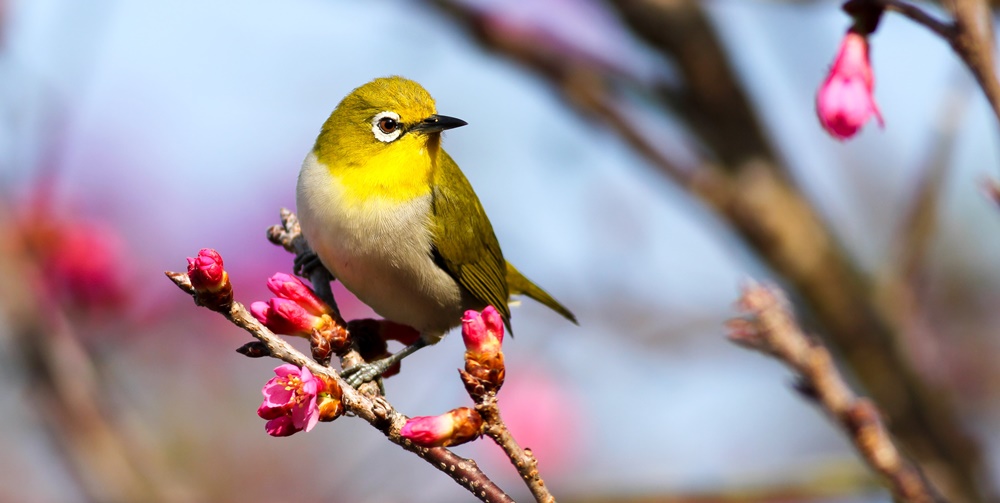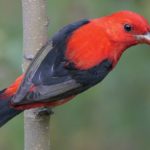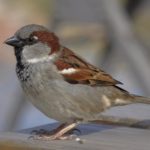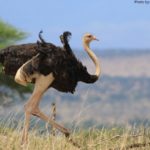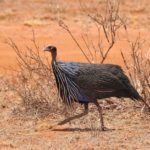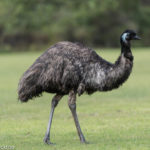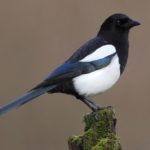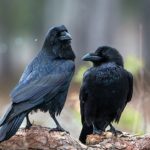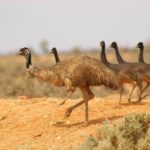Bird Facts: 21 Interesting and Fun Facts about Bird
In this interesting post, we collected 23 facts about birds. There are 9,703 different species of birds in the world, making for a plethora of bird facts. Those 9,703 are divided up into 142 families. There are an estimated 100 to 200 billion birds in the world. Can you imagine memorizing bird facts on all of them?
- Birds are found on every land mass and water body in the world.
- The bird with the most total numbers is the Red-billed Quelea, which lives in Africa. Millions are killed every year to protect at least some of the grain crops. There are believed to be in the neighborhood of 1.5 billion of these birds. The total population is isolated to Africa.
- From the time of the 1600s, when bird facts and records started to be written down, an estimated 115 species of birds have gone extinct–primarily from human actions.
- There are two birds that have only been seen once–the orange-necked partridge in 1927 and in 1844, the Sudanese Red Sea Cliff Swallow.
- The European House Sparrow is thought to be the most common wild bird in world. Thanks to human transport in some cases, the bird now exists in two-thirds of the land in the world.
- The Ostrich is the largest living bird, on average being nine feet tall and weighing up to 353 pounds. The record for the heaviest bird that flies is the Kori Bustard–lives in Africa and weighs up to 42 pounds.
- The record for length of a bird’s wingspan is the Wandering Albatross at 11 feet, 11 inches.
- The Bee Hummingbird is the smallest bird in the world, weighing 0.056 ounces.
- The largest known nest in the world belongs to the Mallee Fowl Australia, whose nest is 16-½ feet tall and 36 feet across.
- Among the fastest birds are the Common Eider at 47 mph, numerous ducks which can fly over 60 mph, and the Peregrine Falcon, which when hunting can fly at 100 to 200 mph.
- Facts are kept about how high birds can fly, and birds normally fly under 500 feet.
- This changes during migration when birds crossing the Caribbean fly up to 20,000 feet.
- Many birds do not build nests–some lay their eggs on cliffs, some bury their eggs under mounds of dirt, and some dig burrows.
- Open cup nests are the favorite of North American songbirds.
- Birds provide many services to humans, including controlling insect populations.
- Many bird facts are about Neotropical migratory birds. These are birds who spend the summer in the United States and Canada and then migrate to spend the winter in Mexico, Central America, South America or the Caribbean Islands.
- Every year Red Knots and White-rumped Sandpipers make a trip from the arctic to the southern-most part of South America–this is a distance one-way of 10,000 miles. Arctic terns normally complete a migration of over 22,000 miles.
- Most migrating birds fly at night when the air is cooler.
- Migratory birds fly south as much for the abundant food as for air temperature.
- Migratory birds fly at speeds up to 45 mph.
- Migration can take from three days to four months.
